
Getting into college is a milestone many students aspire to, but some schools are notoriously hard to crack. These colleges are the toughest to get into in their respective states, whether due to their rigorous admission standards, prestigious programs, or overwhelming popularity. Let’s take a closer look at some of the toughest colleges to get into in every US state.
Alabama: Auburn University
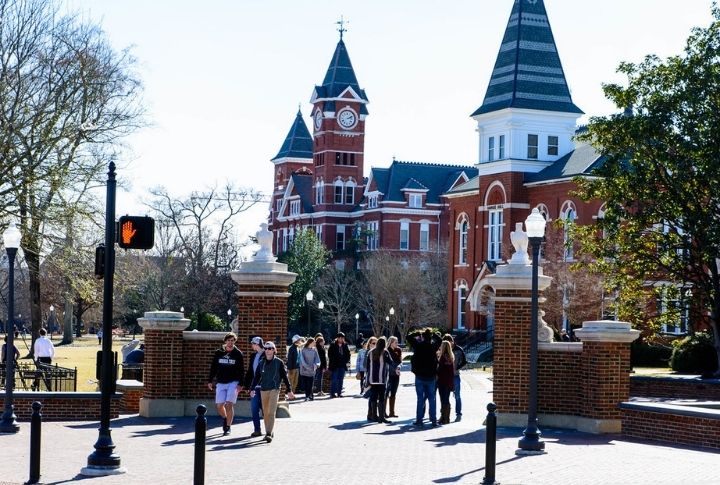
Acceptance rate: 43.7%
Auburn University, located in Auburn, is the most selective college in Alabama. With a record-breaking 55,111 applications for the fall 2024 semester, Auburn’s popularity continues to soar. The university is popular for its engineering, business, and agricultural programs, attracting students from across the nation.
Alaska: University of Alaska Fairbanks
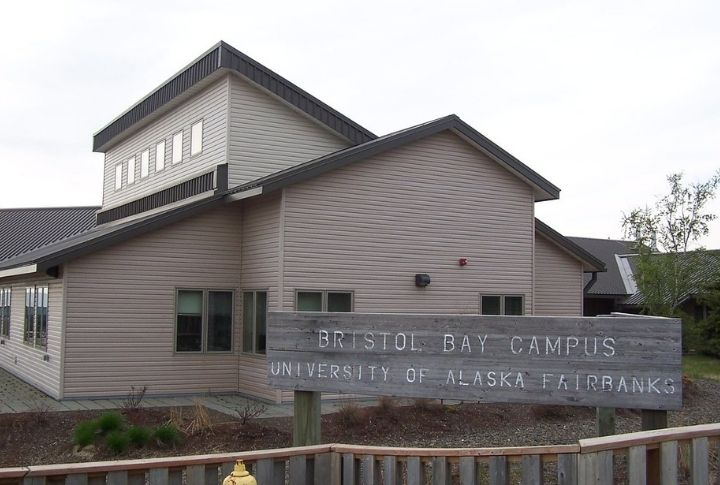
The University of Alaska Fairbanks is the flagship institution of the University of Alaska system. Known for its research in Arctic studies and environmental science, UAF offers unique programs that leverage its geographical location. The university provides a close-knit community with a focus on hands-on learning, particularly in STEM fields.
Arizona: Ottawa University Arizona (OUAZ)

Acceptance rate: 28.7%
Although relatively new compared to its Kansas counterpart, OUAZ has quickly become a notable institution in Arizona, especially for students looking for a more personalized and community-focused college experience. Over here, business administration, exercise science, and nursing are among the most sought-after degrees, drawing students interested in these high-demand fields.
Arkansas: Harding University
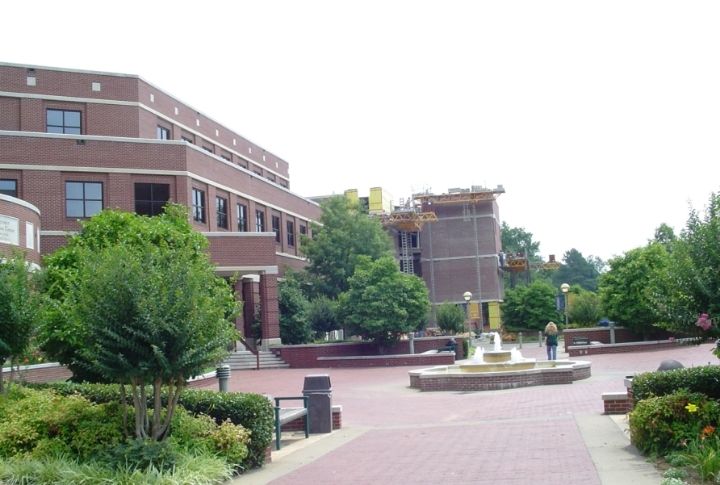
Acceptance rate: 45.1%
Located in Searcy, Harding University is a private Christian university that emphasizes a liberal arts education. With a strong academic program, particularly in business and health sciences, Harding attracts students who value a faith-based education. The university’s selective admissions process reflects its commitment to maintaining high academic standards, making it the toughest college to get into in Arkansas.
California: Stanford University
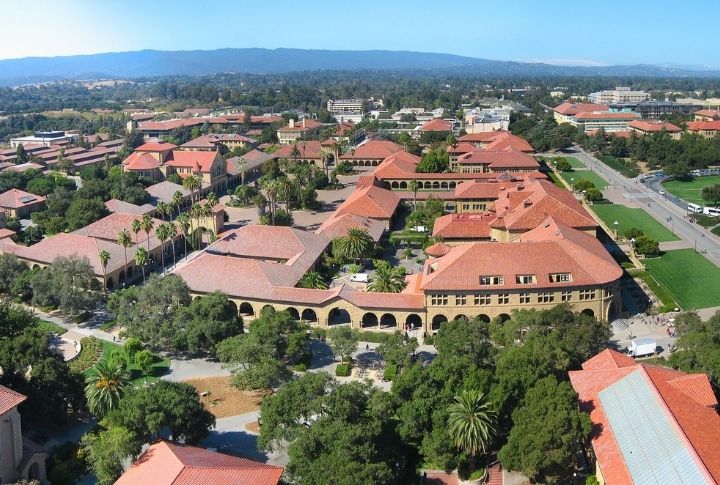
Acceptance rate: 3.7%
It is consistently ranked among the top universities in the world. Stanford’s School of Engineering is one of the best in the world, known for its contributions to technology and innovation. The proximity to Silicon Valley offers unparalleled opportunities for internships and collaborations with leading tech companies. Its StartX accelerator, affiliated with Stanford, helps student entrepreneurs develop their startups.
Colorado: United States Air Force Academy
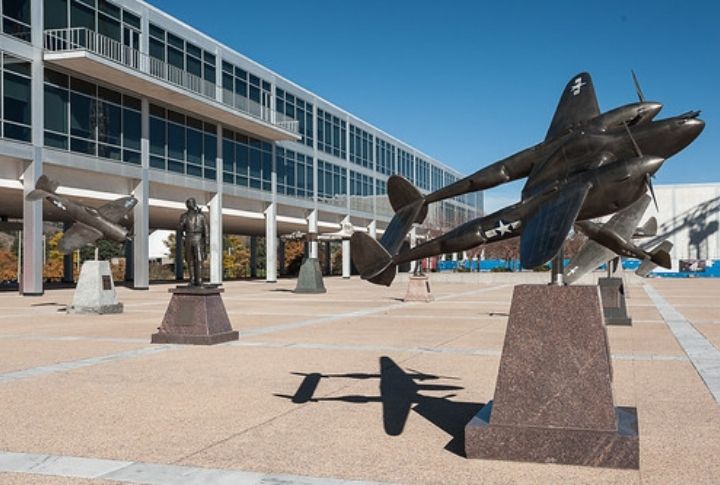
Acceptance rate: 16.2%
USAFA offers a challenging academic curriculum with over 30 majors across various disciplines, including engineering, sciences, social sciences, and humanities. The Academy’s engineering programs are particularly strong, with a focus on preparing cadets to manage complex air, space, and information technology systems. USAFA has a distinguished faculty, with active-duty Air Force and Space Force officers making up approximately 70% of the faculty..
Connecticut: Yale University
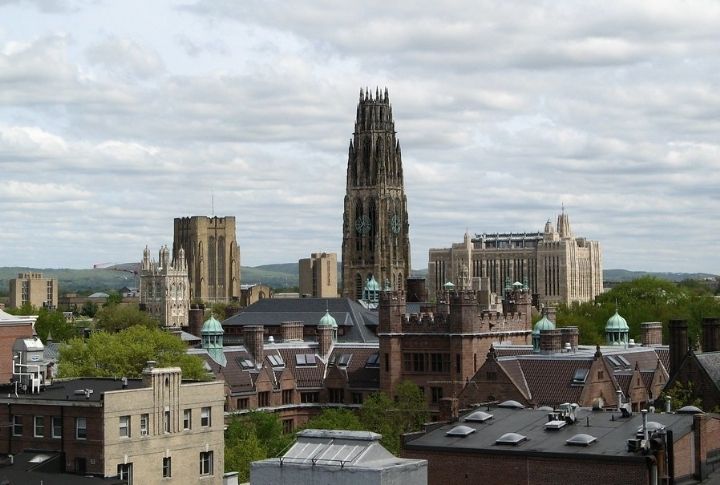
Acceptance rate: 4.6%
It is located in New Haven and is one of the most prestigious Ivy League schools. The university seeks students who excel academically and in leadership roles, co-curricular activities, and community service. Yale’s holistic admissions process considers personal essays, recommendations, and interviews, emphasizing a candidate’s unique qualities and potential. It offers a wide range of top-tier programs.
Delaware: University of Delaware
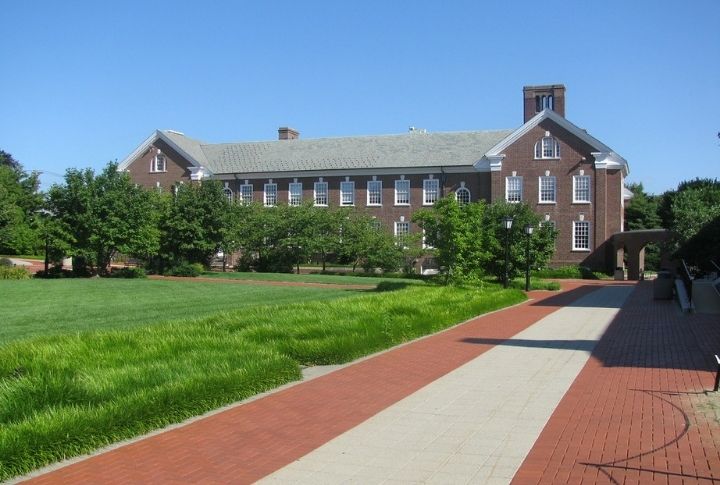
Acceptance rate: 73.8%
UD offers a wide range of undergraduate and graduate programs across seven colleges, including the College of Arts and Sciences, Engineering, Health Sciences, and Alfred Lerner College of Business and Economics. One of UD’s standout features is its research capabilities. The university is classified as an “R1: Doctoral Universities—Very high research activity” institution, highlighting its significant contributions to various fields of study.
Florida: University of Miami
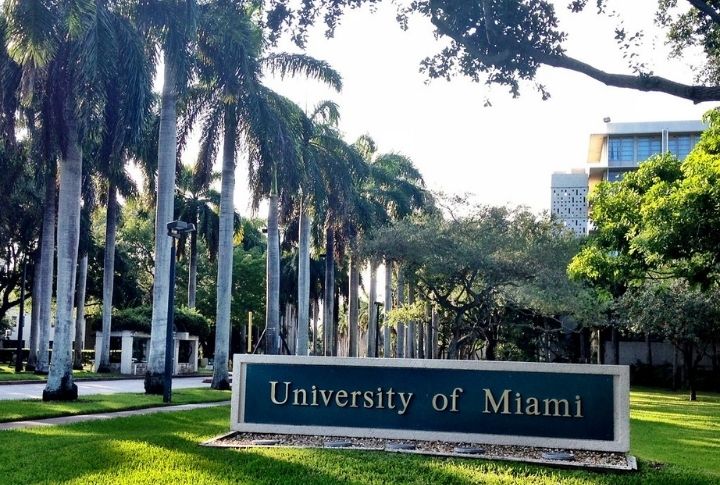
Acceptance rate: 18.9%
Founded in 1925, UM has grown into a major educational institution, attracting students worldwide. The university is particularly well-known for its marine and atmospheric sciences, music, business, and medicine programs. Research initiatives at UM are supported by numerous state-of-the-art facilities and institutes, such as the Miami Project to Cure Paralysis and the Bascom Palmer Eye Institute, both of which are leaders in their respective areas.
Georgia: Emory University
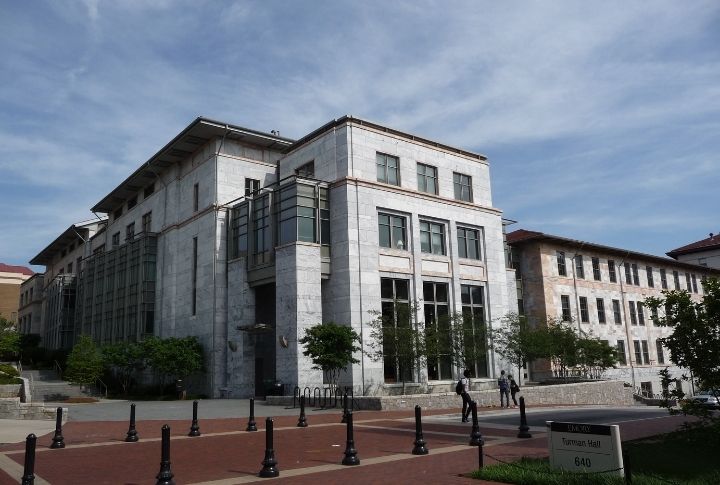
Acceptance rate: 11.4%
Emory is organized into nine academic divisions, including the School of Medicine, Emory College of Arts and Sciences, School of Law, and Rollins School of Public Health. Its athletic teams, the Eagles, compete in the NCAA Division III University Athletic Association, fostering school spirit and community engagement.
Hawaii: Brigham Young University-Hawaii

Acceptance Rate: 34.2%
The university’s strong emphasis on academic excellence sets high standards for prospective students. BYU-Hawaii is particularly known for its highly competitive International Business Management, cultural studies, and Marine Biology programs, which attract top-tier applicants. Additionally, as an institution affiliated with The Church of Jesus Christ of Latter-day Saints, students, over there, must adhere to the university’s Honor Code.
Idaho: The College of Idaho

Acceptance Rate: 45.5%
What sets the College of Idaho apart is its unique PEAK curriculum, which requires students to pursue multiple disciplines across four academic “peaks”: Humanities and Fine Arts, Social Sciences and History, Natural Sciences and Mathematics, and Professional Studies and Enhancements. This interdisciplinary approach ensures that students are well-rounded and versatile and able to think critically across various fields of study
Illinois: University of Chicago
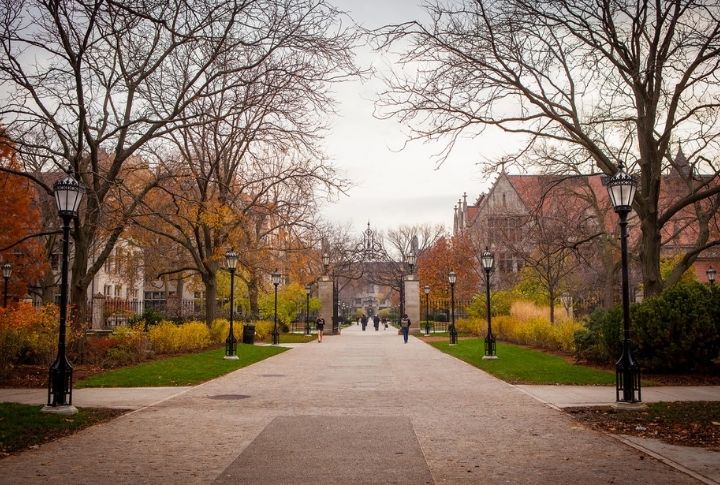
The university is home to numerous Nobel laureates, Fields Medalists, and MacArthur Fellows, highlighting its status as a center of academic excellence and innovation. It is organized into several high-profile academic divisions and professional schools, including the College, the Law School, the Pritzker School of Medicine, the Booth School of Business, the Harris School of Public Policy, and the Divinity School.
Indiana: University of Notre Dame
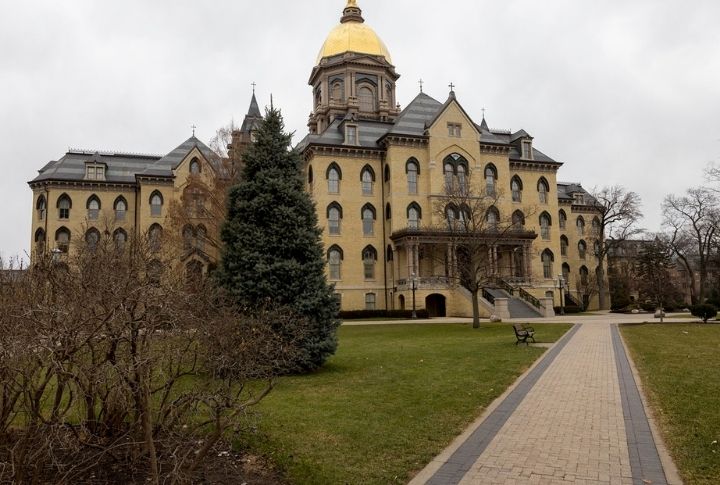
Acceptance rate: 12.9%
Situated in Notre Dame, the University of Notre Dame is known for its strong programs in engineering, business, and the liberal arts. The university’s Catholic identity, competitive admissions process, and happening campus life make it a famous choice among students. Notre Dame’s facilities include cutting-edge research centers, modern residence halls, and state-of-the-art athletic complexes.
Iowa: Grinnell College
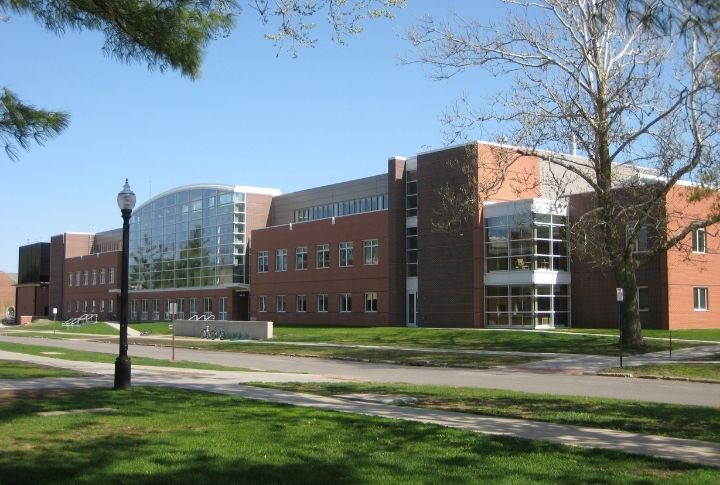
Acceptance rate: 10.8%
It is a very selective liberal arts college known for its commitment to undergraduate education and social justice. The college’s small size, individualized approach to learning, and emphasis on critical thinking make it a challenging institution to gain admission to. Grinnell’s facilities include a well-stocked library, modern science laboratories, and numerous hands-on learning and research opportunities.
Kansas: Friends University
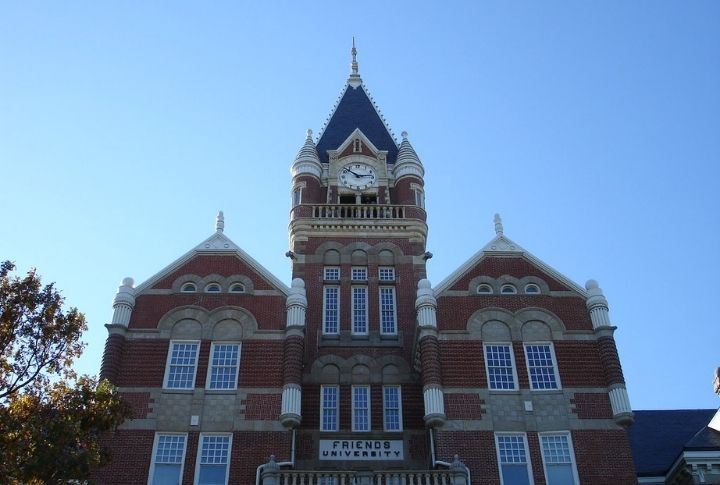
Acceptance rate: 63.3%
The admissions process at Friends University is highly selective, emphasizing a strong academic record, extracurricular involvement, and alignment with the university’s values. The Business Administration program is particularly competitive, drawing students who are keen to gain practical skills and leadership training. The Cyber Security program, leveraging state-of-the-art facilities and industry partnerships, prepares students to tackle modern technological challenges.
Kentucky: Berea College
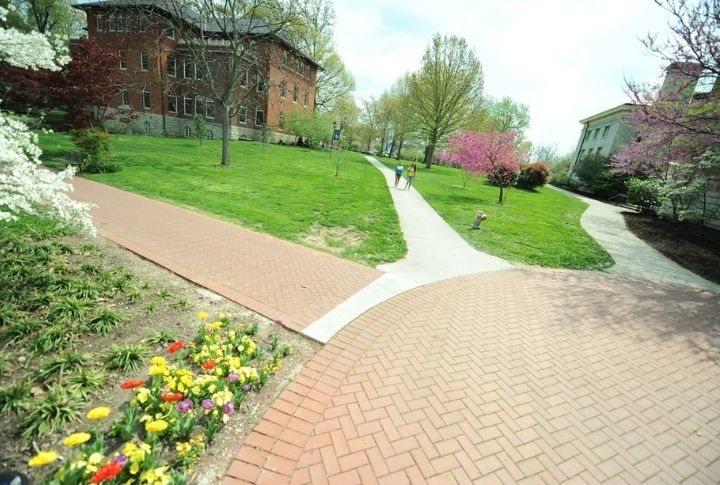
Acceptance rate: 24.6%
Established in 1855 as the first interracial and coeducational college in the South, Berea remains committed to providing a high-quality education to students of all races and economic backgrounds. Berea College offers a tuition-free education, covering 100% of tuition costs through its endowment and funding model. This makes it extremely competitive, as students from across the country and beyond apply for the chance to graduate debt-free.
Louisiana: Tulane University
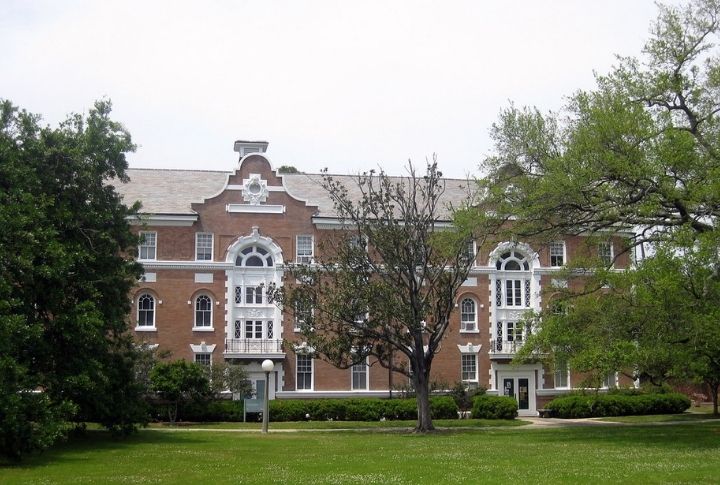
Acceptance rate: 11.5%
Tulane University’s strong public health, business, and law programs, along with its vibrant campus life and location in a dynamic city, attract top students from across the country. Tulane’s facilities include state-of-the-art research centers, modern residence halls, and numerous opportunities for community engagement and service learning. Its curriculum emphasizes interdisciplinary study, with students required to take courses across various disciplines.
Maine: Bowdoin College
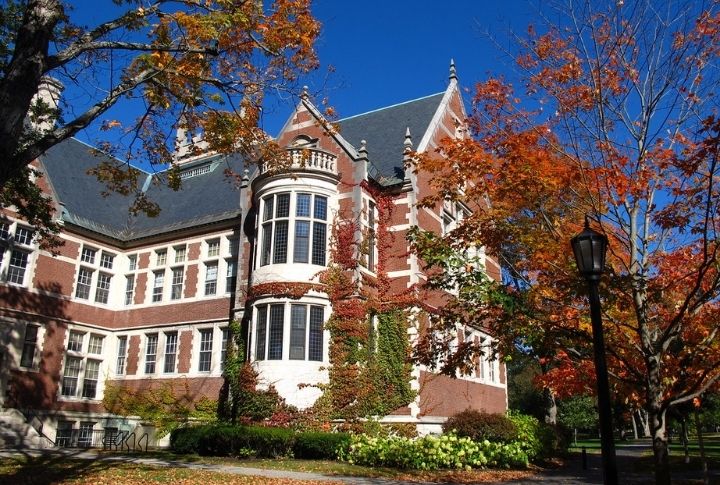
Acceptance rate: 9.2%
Bowdoin looks for students who have demonstrated strong academic performance in a high school curriculum. Advanced Placement (AP), International Baccalaureate (IB), and honors courses are highly regarded. The college has no core curriculum; instead, it encourages students to explore subjects across the humanities, social sciences, natural sciences, and mathematics. This approach allows students to tailor their education to their interests and goals.
Maryland: Johns Hopkins University
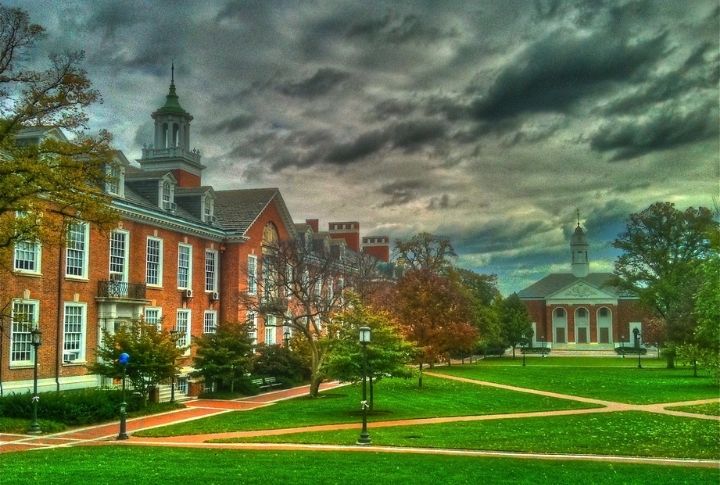
Acceptance rate: 7.3%
Founded in 1876, it is popular for its contributions to education, research, and patient care. JHU values well-rounded students who have demonstrated leadership, commitment, and impact in their extracurricular pursuits. Its strong emphasis on research distinguishes Johns Hopkins. It was the first American university to adopt the German model of emphasizing research through seminars and laboratory instruction.
Massachusetts: Massachusetts Institute of Technology (MIT)

Acceptance rate: 4.0%
Located in Cambridge, MIT is one of the world’s most prestigious and selective universities. As a leading institute of research in science, technology, engineering, and mathematics (STEM) fields, MIT attracts top students from around the globe. The university’s facilities include cutting-edge research laboratories, state-of-the-art maker spaces, and numerous hands-on learning and entrepreneurship opportunities.
Michigan: University of Michigan
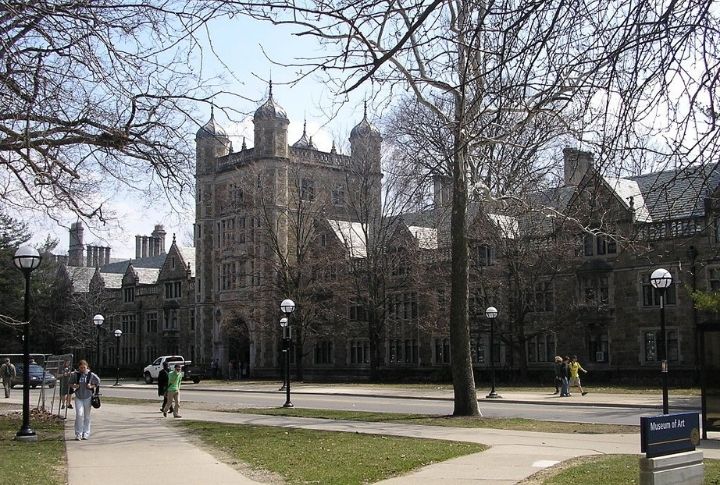
Acceptance rate: 17.7%
UM is famous for its rigorous academic programs in engineering, business, and sciences. It attracts a high volume of applications from top students. The university has state-of-the-art facilities, including advanced research laboratories, a comprehensive library system, and a vibrant campus with numerous student organizations. The curriculum emphasizes a strong liberal arts foundation alongside specialized study.
Minnesota: Carleton College
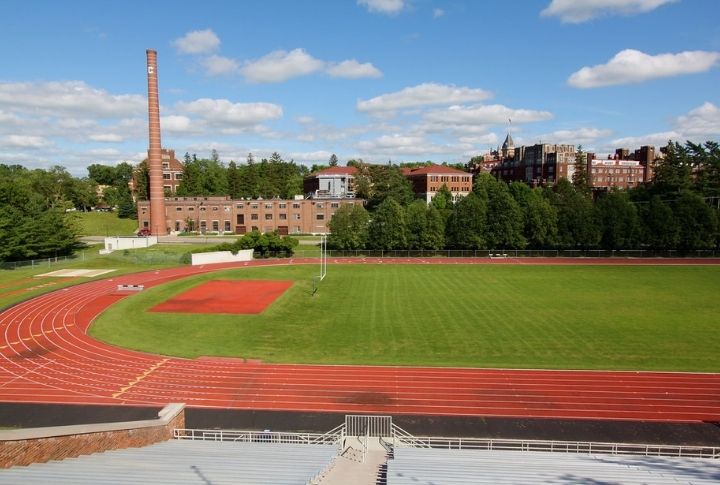
Acceptance rate: 16.6%
Carleton College offers a diverse range of undergraduate programs across more than 30 majors and 15 concentrations. The college follows a trimester system, allowing students to explore a wide variety of courses throughout the academic year. The student-to-faculty ratio is 9:1, ensuring small class sizes and personalized attention. Professors at Carleton are highly accessible and often engage students in collaborative research projects.
Mississippi: Belhaven University

Acceptance rate: 42.6%
Applicants must demonstrate strong academic performance, a passion for their chosen field of study, and alignment with the university’s Christian values. The university’s School of the Arts is a hub for creativity and innovation, attracting talented students from across the nation. Belhaven’s Dance program, in particular, is one of the few in the country to be accredited by the National Association of Schools of Dance (NASD).
Missouri: Washington University in St. Louis
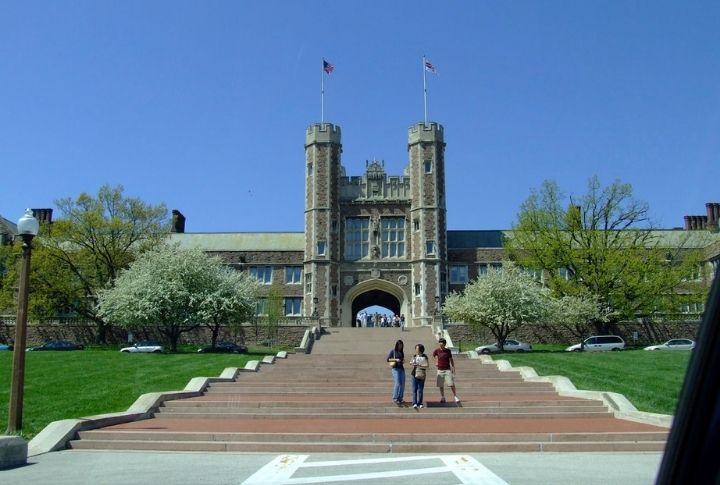
Acceptance rate: 11.8%
WashU comprises seven schools offering a wide range of undergraduate, graduate, and professional programs. The most notable schools include Sam Fox School of Design & Visual Arts, Olin Business School, and McKelvey School of Engineering. WashU emphasizes global engagement through study abroad programs, international internships, and research opportunities. It has partnerships with institutions around the world.
Montana: Montana State University
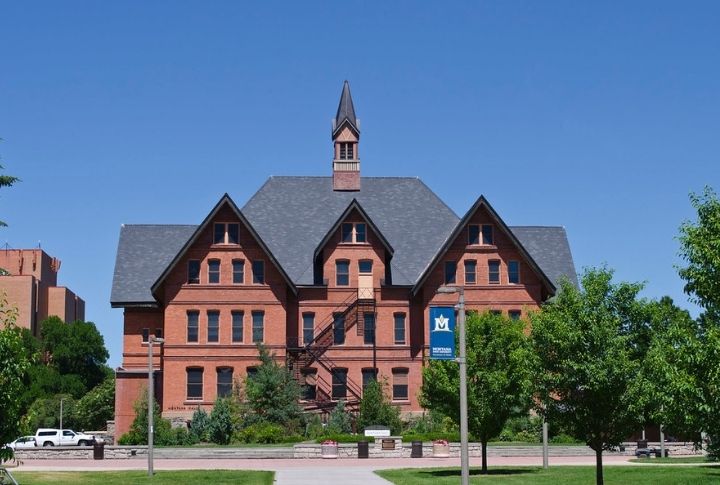
Acceptance rate: 73.3%
Admissions at MSU are selective, particularly for its highly regarded engineering, architecture, and agriculture programs. The university looks for students with strong academic records, high SAT or ACT scores, and a commitment to contributing to the campus community. MSU is classified as a Carnegie R1 institution, meaning it has very high research activity.
Nebraska: Creighton University
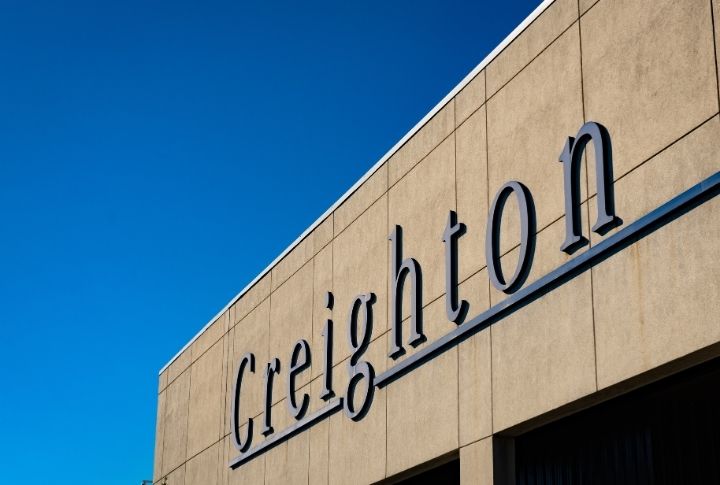
Acceptance rate: 75.7%
The university looks for students who are academically proficient, demonstrate leadership potential, and are committed to service and community involvement. The competitive nature of its programs, particularly in health sciences and business, further elevates the admissions bar. Creighton is a prestigious private institution combining a strong liberal arts education with professional programs, fostering a well-rounded and challenging academic environment.
Nevada: University of Nevada, Las Vegas
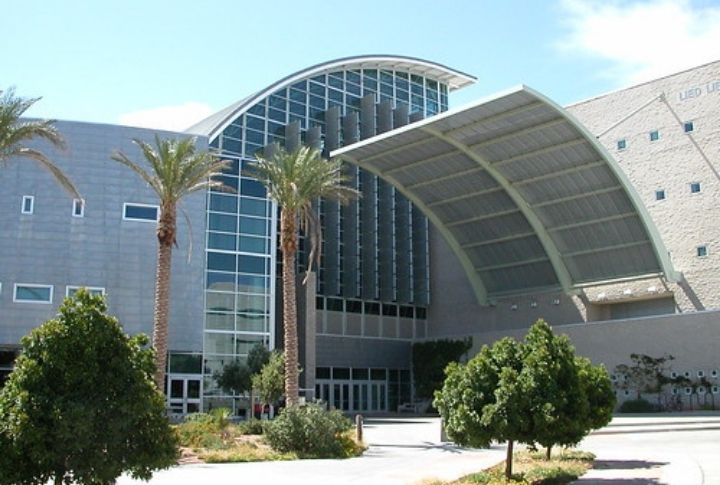
Acceptance rate: 85.3%
The University of Nevada, Las Vegas is famed for its diverse academic programs as well as its vibrant campus life. While it has a higher acceptance rate, UNLV remains competitive, particularly in fields such as hospitality management, business, and law. The university features modern facilities, including advanced research centers, a comprehensive library, and state-of-the-art classrooms. UNLV’s curriculum emphasizes practical experience, with numerous internships and community engagement opportunities.
New Hampshire: Dartmouth College
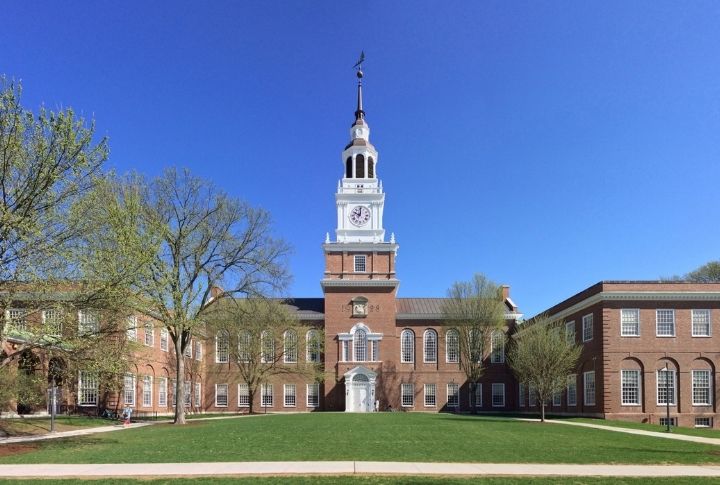
Acceptance rate: 6.4%
Located in Hanover, it is an Ivy League school famous for its rigorous academic programs and strong emphasis on undergraduate education. The college’s low acceptance rate reflects its competitive nature, attracting top students from around the world. Dartmouth offers modern facilities, including well-equipped laboratories, libraries, and recreational centers. The curriculum emphasizes a liberal arts education
New Jersey: Princeton University
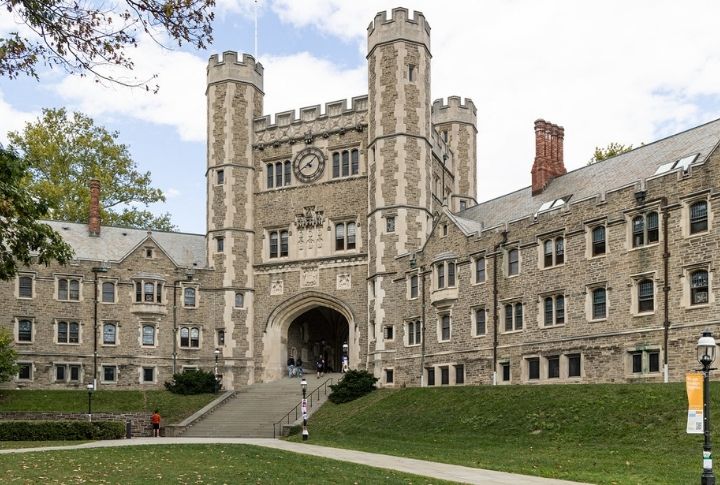
Acceptance rate: 5.7%
Princeton ranks among the top universities globally and is known for its commitment to undergraduate education, research excellence, and a close-knit academic community. College of Arts and Sciences is their largest academic division, offering a broad array of humanities, social sciences, and natural sciences majors. The university features top-notch facilities, including the Lewis Library, the Andlinger Center for Energy and the Environment, and the Princeton University Art Museum.
New Mexico: St. John’s College
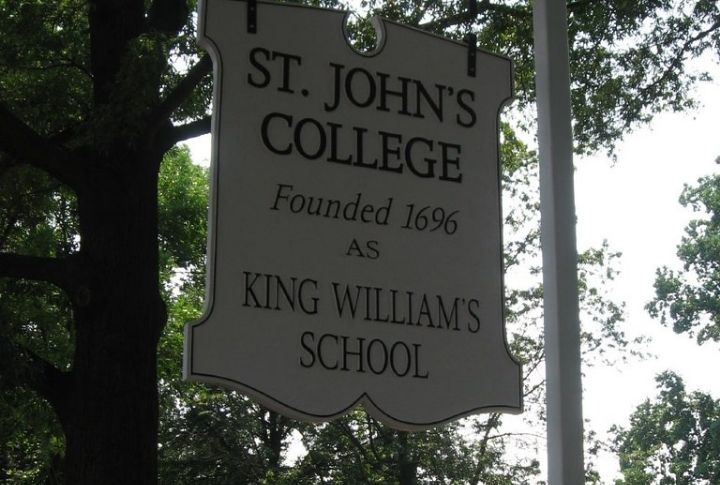
Acceptance rate: 54.1%
This liberal arts college is known for its rigorous academics, where students engage deeply with classic works of Western literature, philosophy, history, mathematics, and science. Their Great Books Curriculum is the cornerstone of St. John’s education. Students read and discuss texts that have shaped Western thought. Classes at St. John’s are conducted as seminars, where students and faculty sit around a table and engage in deep discussions about the readings.
New York: Columbia University
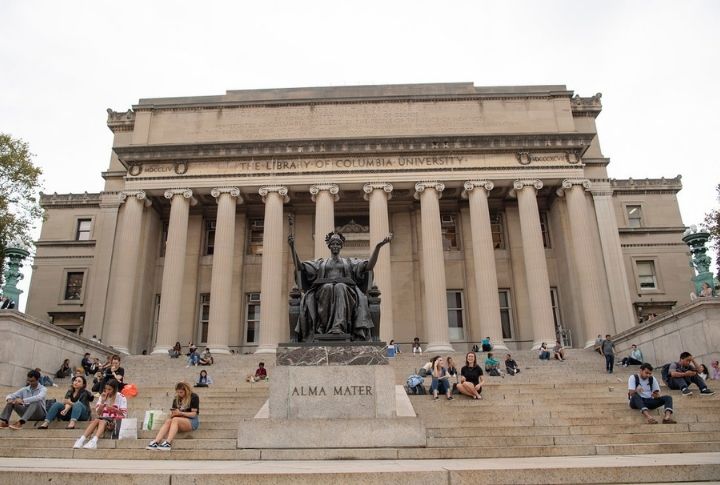
Acceptance rate: 3.9%
Columbia University is the most selective college in New York and one of the most prestigious institutions in the world. With an acceptance rate of around 4%, Columbia attracts top-tier students from around the globe. The institute is famous for its academic programs across various disciplines, including the humanities, social sciences, and STEM fields. The core curriculum emphasizes critical thinking and interdisciplinary learning.
North Carolina: Duke University

Acceptance rate: 6.3%
With a commitment to excellence in education and a focus on interdisciplinary learning, Duke consistently ranks among the top universities in the United States. The largest academic division at Duke is the Trinity College of Arts & Sciences, offering diverse majors in social science, humanities, and natural sciences. Popular majors include Public Policy, Biology, Economics, and Computer Science. Successful applicants typically have outstanding academic records and standardized test scores.
North Dakota: University of Mary
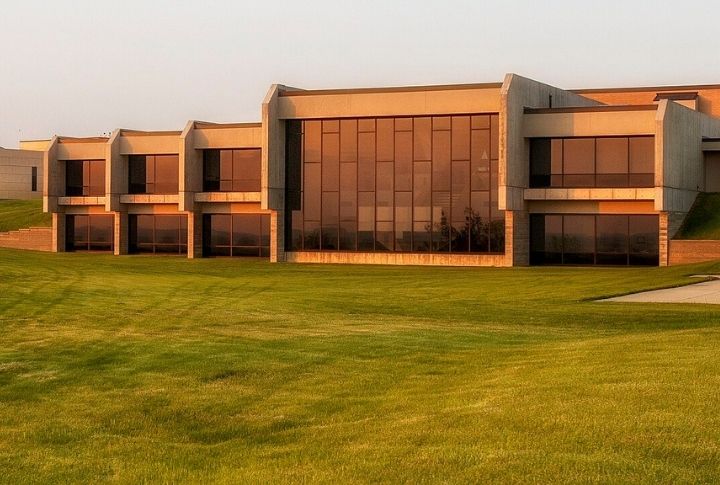
Acceptance Rate: 81.4%
This private Benedictine university is famous for its strong emphasis on leadership, service, and ethics. It offers a comprehensive education that prepares students for professional success and personal fulfillment. The university is well-regarded for its health sciences programs, which include nursing, physical therapy, and occupational therapy. These programs offer extensive clinical experience and state-of-the-art facilities, attracting students dedicated to healthcare.
Ohio: Case Western Reserve University

Acceptance rate: 27.4%
CWRU is particularly well-known for its engineering, medicine, law, and business programs. Its engineering school is consistently ranked among the top in the nation, offering a variety of disciplines, including biomedical, civil, and mechanical engineering. The curriculum emphasizes hands-on learning and research, with access to programs such as the CWRU Think[box], a comprehensive innovation and entrepreneurship center that provides resources for students to develop their ideas.
Oklahoma: Oklahoma Baptist University
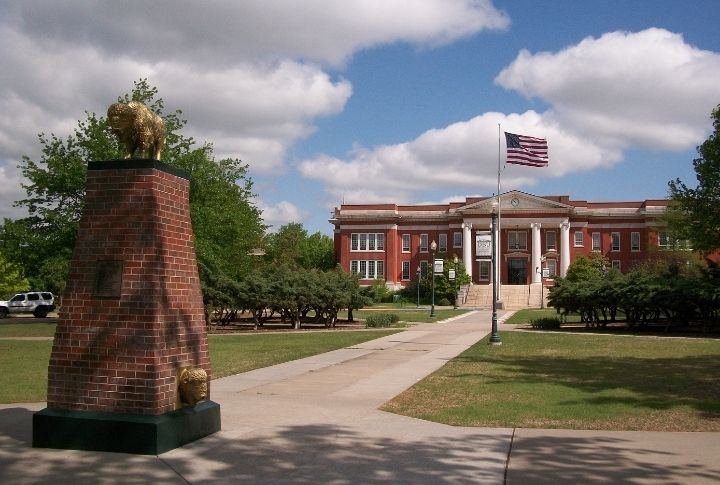
Acceptance rate: 47.3%
Situated in Shawnee, OBU is a private Christian university famous for its strong academic programs and commitment to a values-based education. It has a wide range of undergrad and graduate level programs, with particular strengths in areas such as business, education, and the liberal arts. The university focuses on liberal arts education. OBU also provides opportunities for hands-on learning through internships, community service, and study abroad programs.
Oregon: Reed College
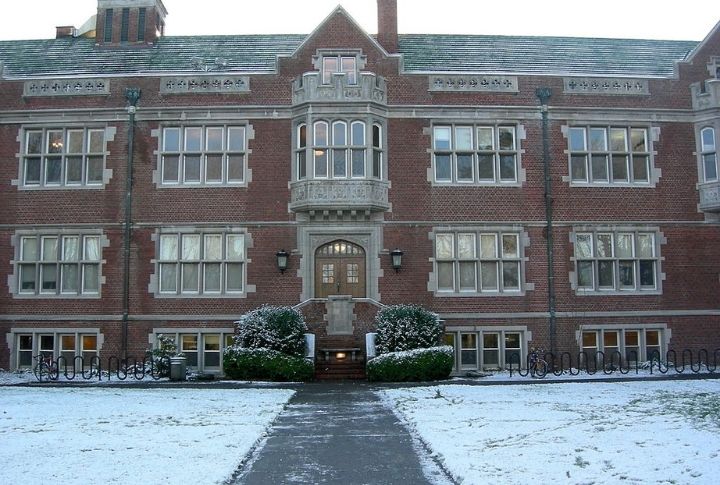
Acceptance rate: 30.8%
Reed’s curriculum emphasizes independent inquiry and critical thinking, requiring students to engage with their subjects in a better way. The college has a unique approach to grading, focusing on qualitative feedback rather than traditional letter grades. It has a wide range of majors and minors. Reed is also home to a research nuclear reactor, one of the few in the country operated primarily by undergraduates.
Pennsylvania: University of Pennsylvania
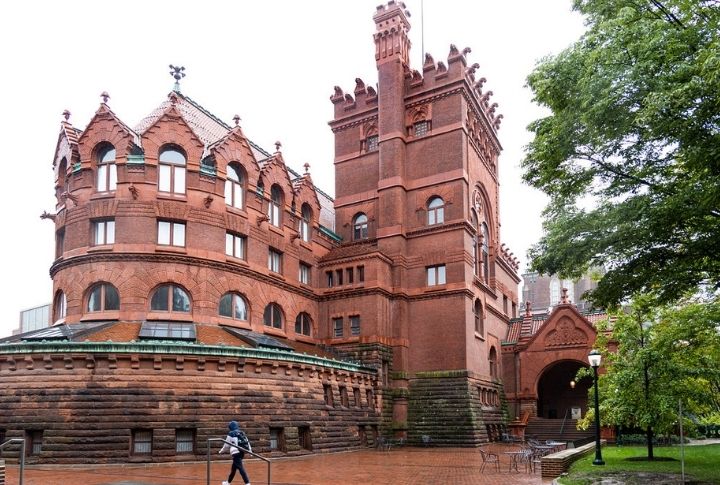
Acceptance rate: 6.5%
The University of Pennsylvania, located in Philadelphia, is an Ivy League institution and the most selective college in Pennsylvania. UPenn is known for its strong business, engineering, and sciences programs. The university’s low acceptance rate reflects its reputation for academic excellence and the large number of applicants. To stand out, applicants should have exceptional grades, test scores, and a diverse portfolio of extracurricular activities and leadership experience.
Rhode Island: Brown University
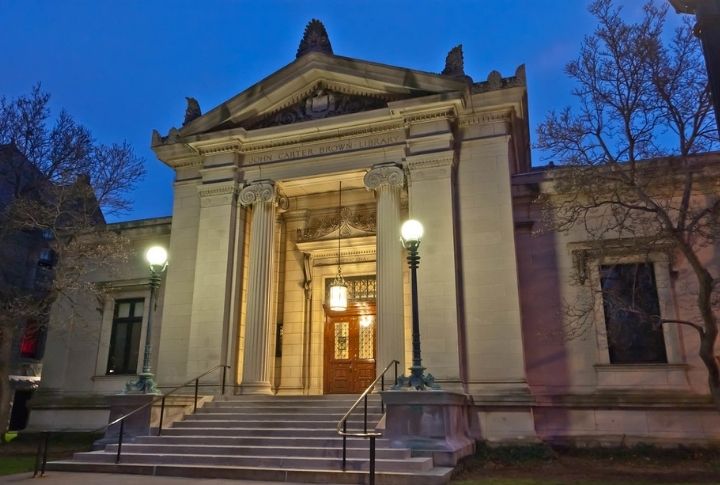
Acceptance rate: 5.1%
Founded in 1764, it has a reputation for curricular excellence and a commitment to fostering intellectual curiosity. The College is the primary undergraduate division at Brown, offering a diverse array of majors across the humanities, social sciences, and natural sciences. Popular areas of study include International Relations, Computer Science, and Modern Culture and Media. Brown’s Open Curriculum is one of its most distinctive features, allowing students to design their own academic path.
South Carolina: Clemson University
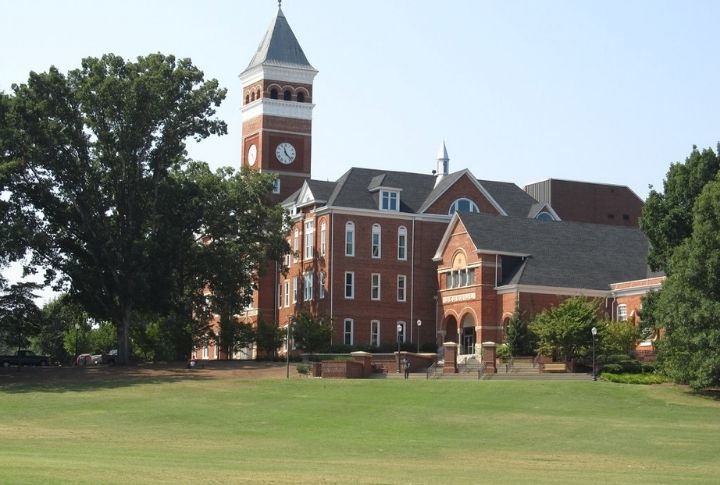
Acceptance rate: 43%
Located in Clemson, it is the most selective public university in South Carolina. Clemson University emphasizes a hands-on, experiential learning approach. Students benefit from practical experiences such as internships, co-ops, and research opportunities. The university also offers a strong general education curriculum that complements specialized academic programs. Clemson is also recognized for its research initiatives in various fields.
South Dakota: Augustana University
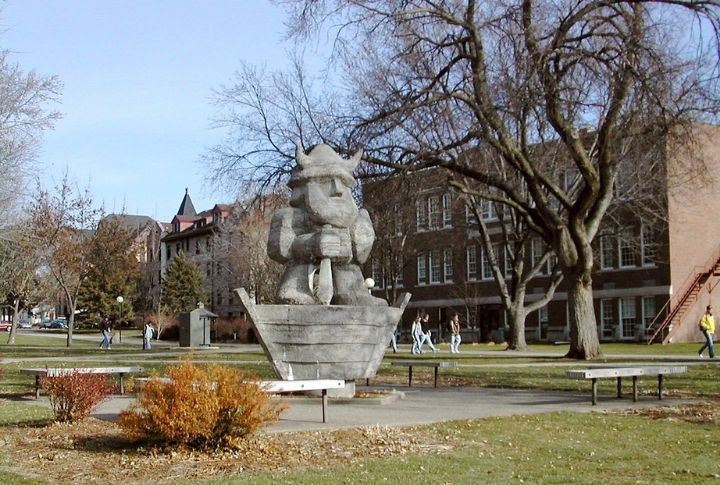
Acceptance rate: 65.8%
Augustana offers a variety of undergraduate and graduate programs, with notable strengths in areas such as education, health sciences, business, and the liberal arts. The curriculum fosters intellectual growth and prepares students for successful careers and meaningful lives. The university also has a strong athletic program, with opportunities for students to participate in various sports at the NCAA Division II level.
Tennessee: Vanderbilt University
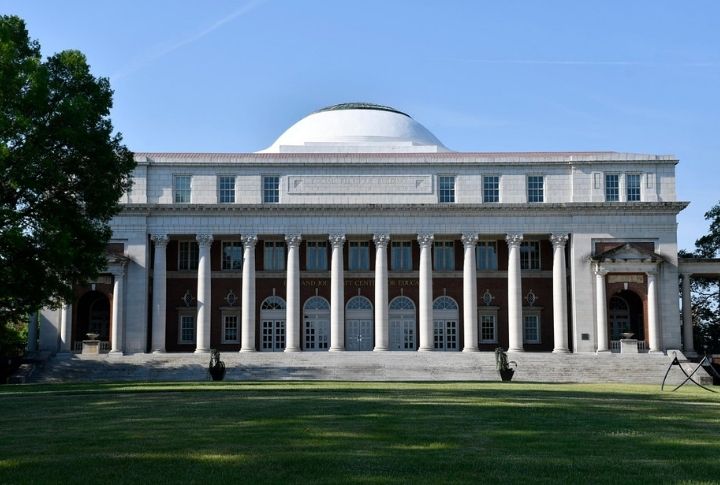
Acceptance rate: 6.7%
Vanderbilt emphasizes a well-rounded education that integrates rigorous academic coursework with opportunities for experiential learning. Students are encouraged to engage in research, internships, and community service. The university’s Core Curriculum ensures that students gain a broad base of knowledge. Apart from exceptional grades, it also considers other factors in applicants, such as leadership qualities, community service, and unique personal experiences.
Texas: Rice University
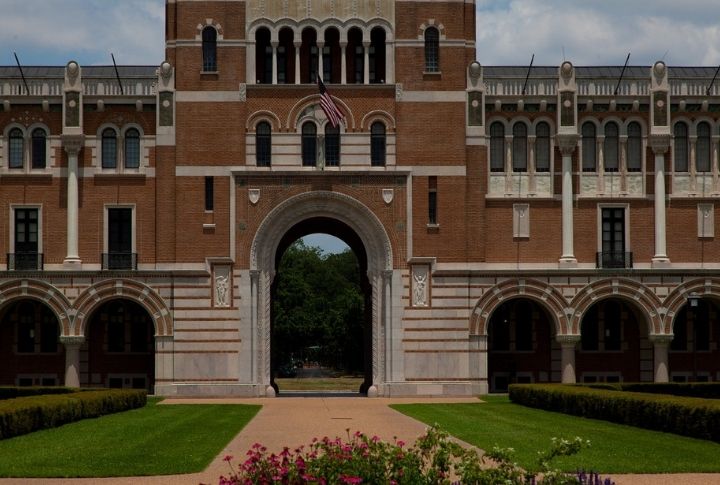
Acceptance rate: 8.7%
In Houston, Rice University is the most selective college in Texas. Rice is known for its strong engineering, science, and humanities programs, small class sizes, and close-knit community. The university’s low acceptance rate reflects its reputation for academic excellence and the large number of applicants. The Wiess School of Natural Sciences is famous for its research in the natural sciences, including Chemistry, Physics, and Earth Science.
Utah: Brigham Young University
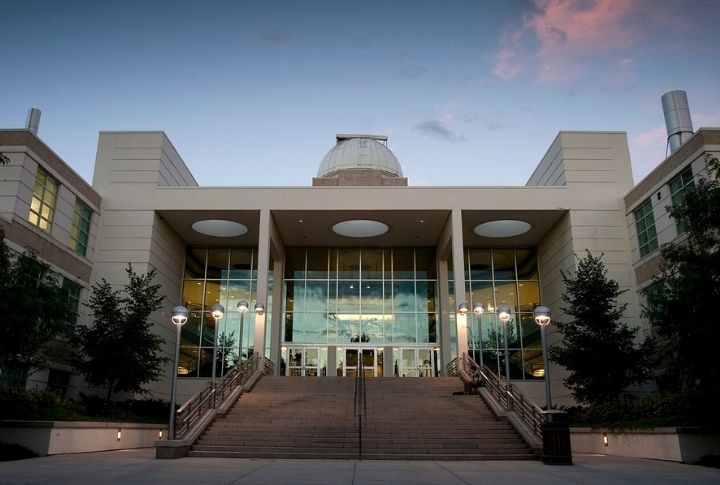
Acceptance rate: 66.7%
Brigham Young University (BYU) is a private research institute that is affiliated with The Church of Jesus Christ of Latter-day Saints (LDS Church). BYU’s curriculum emphasizes a combination of academic rigor and spiritual growth. The university integrates faith-based principles with scholarly pursuits, offering a unique educational experience that aligns with its religious values.
Vermont: Middlebury College
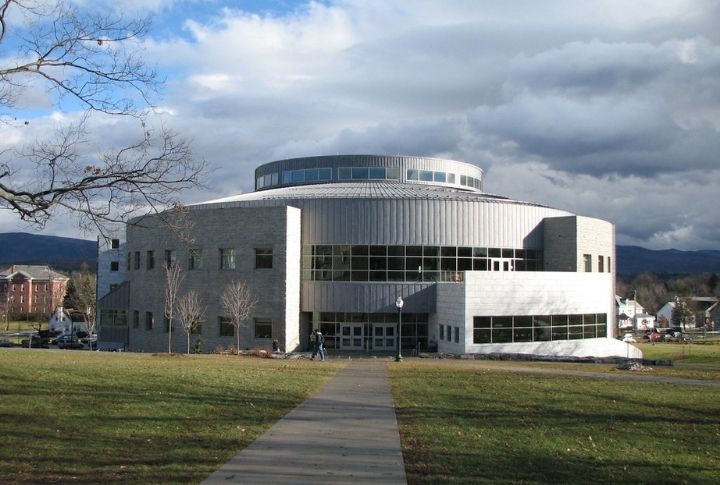
Acceptance rate: 12.7%
Middlebury College is a liberal arts institution famous for its academics, beautiful campus, and strong emphasis on global engagement. The college emphasizes small class sizes and close interactions between students and faculty. Students at Middlebury have access to a variety of research opportunities across disciplines. It supports undergraduate research through grants, fellowships, and collaborations with faculty.
Virginia: Washington and Lee University

Acceptance rate: 17%
The university is famous for its Williams School of Commerce, Economics, and Politics, the first commerce college at a liberal arts institution to receive national accreditation. Students can select from more than 40 majors and 30 minors. The university operates on a unique 4-1-4 academic calendar, which includes a January term where students can take intensive courses, engage in internships, or study abroad.
Washington: Whitman College

Acceptance rate: 47.7%
Whitman is particularly famous for its environmental studies, politics, and foreign language programs. The college’s Undergraduate Research Conference showcases student work and creates a culture of intellectual curiosity and discovery. Its interdisciplinary approach allows students to make connections between subjects and develop. Due to an 8:1 student-to-faculty ratio and an average class size of 16, Whitman ensures that students receive personalized attention.
West Virginia: West Virginia University
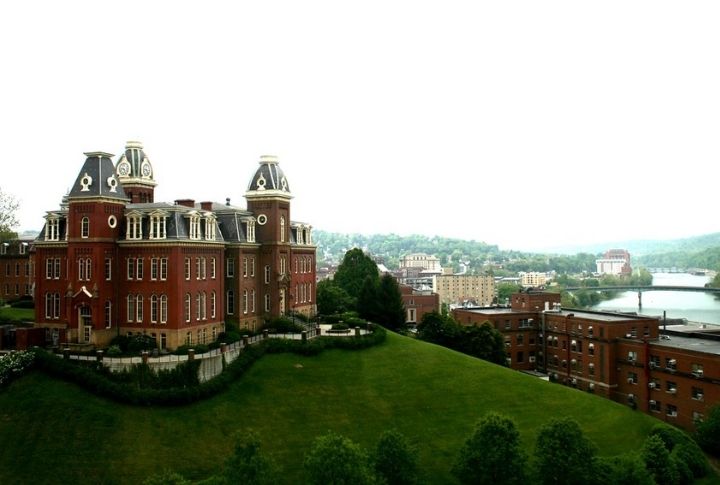
Acceptance rate: 64.6%
WVU is the largest university in the state and the hardest to get into. It is known for its commitment to research and community engagement. WVU’s campus features modern facilities, including state-of-the-art laboratories, classrooms, and a comprehensive library system. The university emphasizes experiential learning, offering students opportunities for internships, research projects, and community service initiatives.
Wisconsin: University of Wisconsin-Madison
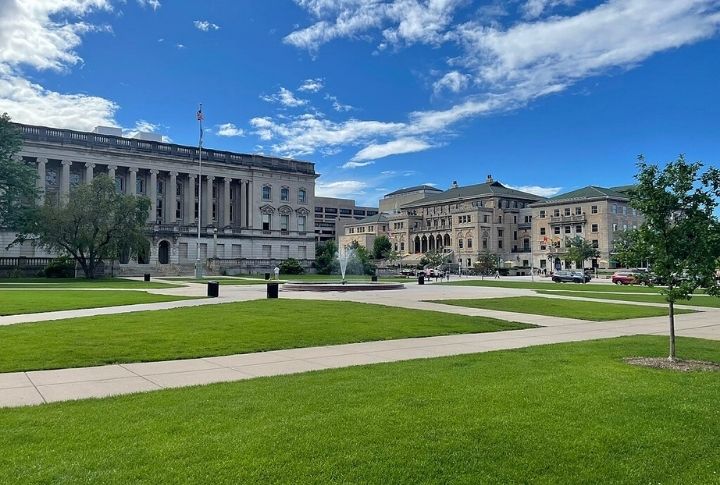
Acceptance rate: 49.1%
Known for its strong engineering, business, and sciences programs, UW-Madison attracts high-achieving students from across the nation. The College of Engineering at UW-Madison is known for its strong emphasis on research and innovation. It offers top-ranked programs in fields such as Biomedical Engineering, Mechanical Engineering, and Civil Engineering. It is a major research institution with a focus on advancing knowledge across various fields.
Wyoming: University of Wyoming
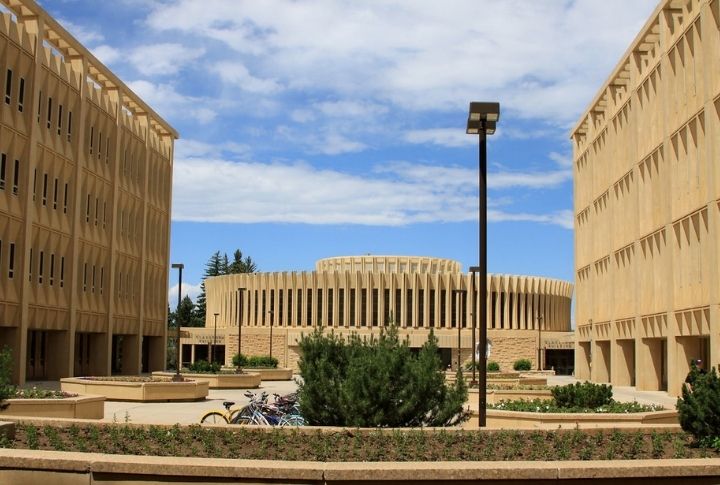
Acceptance rate: 96%
The University of Wyoming (UW) is the state’s only public university situated in Laramie. At UW, students have access to various learning opportunities, including research projects, internships, and study abroad programs. This institute has a moderately selective admissions process. It evaluates applicants based on academic performance, standardized test scores, extracurricular activities, and personal essays.

